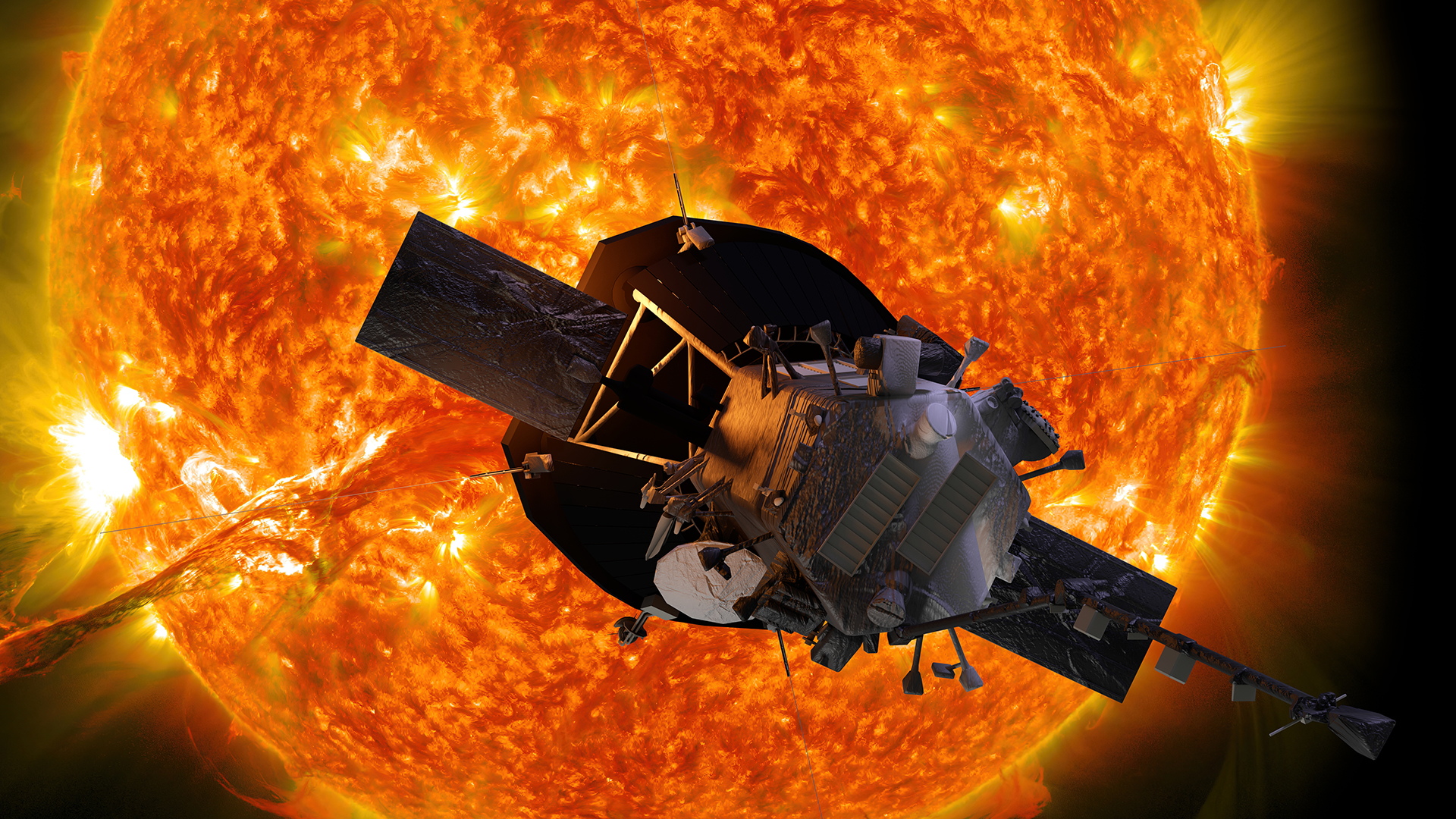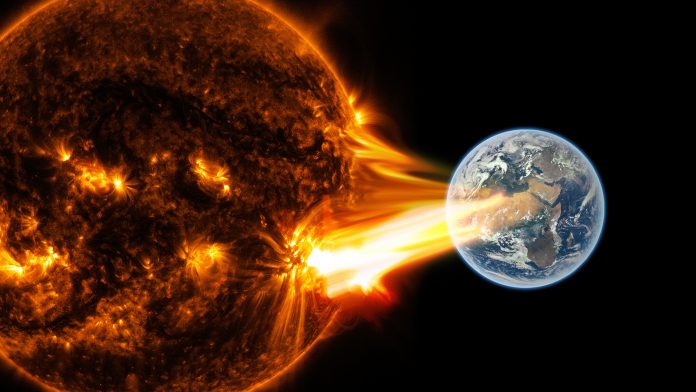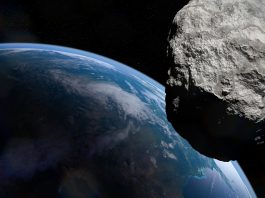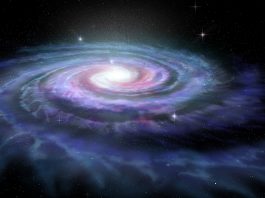Northumbria University researcher, Dr Andy Smith, has been awarded more than £500,000 to develop an Artificial Intelligence (AI) solar storm forecasting system.
The Next Generation, Physics-Inspired AI for Space Weather Forecasting project was provided with sizeable funding by the Natural Environment Research Council (NERC). The investment will enable Dr Smith to explore how machine learning can optimise solar storm predictions to safeguard Earth from the devastating effects of space weather.
Dr Smith commented: “One of the primary ways in which space weather can impact society is through an unexpected surge of energy in power networks and pipelines on the ground.
“These surges can accelerate the ageing of power systems or even lead to the immediate failure of components such as power transformers, leading to a complete loss of power.
“This research will take a leap forward in understanding and predicting when we are at risk of suffering from these surges caused by rapid changes in the Earth’s magnetic field.”
What risks do solar storms pose to Earth?
Solar eruptions from the Sun, otherwise known as Coronal Mass Ejections, eject plasma toward Earth that can cause serious disruption to power and communication systems.
Severe geomagnetic space storms have wreaked havoc on our planet throughout history. For example, in 1989, the city of Quebec in Canada experienced a power outage for nine hours due to a massive solar storm that caused auroras visible as far south as Texas and Florida.
Years later, in 2003, the Halloween solar storms – aptly named due to occurring at the end of October- impacted satellite-based systems and communications. This resulted in planes avoiding high altitudes and an hour-long power outage in Sweden.

However, the most powerful geomagnetic solar storm on record occurred more than a century ago. The 1859 Carrington Event caused auroras visible worldwide and fires in several telegraph stations. The event’s solar flare was observed and documented by British astronomers Richard Christopher Carrington and Richard Hodgson.
How will the project design an AI prediction system?
Due to our growing dependence on satellite communication, solar storms threaten our very way of life. This is reinforced as severe space weather was added to UK National Risk Assessment for the first time in 2011.
Dr Smith aims to minimise solar storm impacts by analysing substantial amounts of data from satellites and space missions over the last 20 years to determine the conditions that cause space weather.
His team will then design state-of-the-art AI computer models that will employ the data to predict when solar storms will take place in the future, improving forecasts for the northern lights and safeguarding infrastructure and technology.
Professor James McLaughlin, leader of Northumbria University’s Solar and Space Physics research group, concluded: “Northumbria University plays multiple, key roles in the UK’s endeavour to understand the scientific and technical aspects of Space Weather. And via our Centre for Doctoral Training in Data Intensive Science, Northumbria is training the next generation of data science and artificial intelligence specialists. Dr Smith’s new project complements and enhances both these areas of University strength.”









